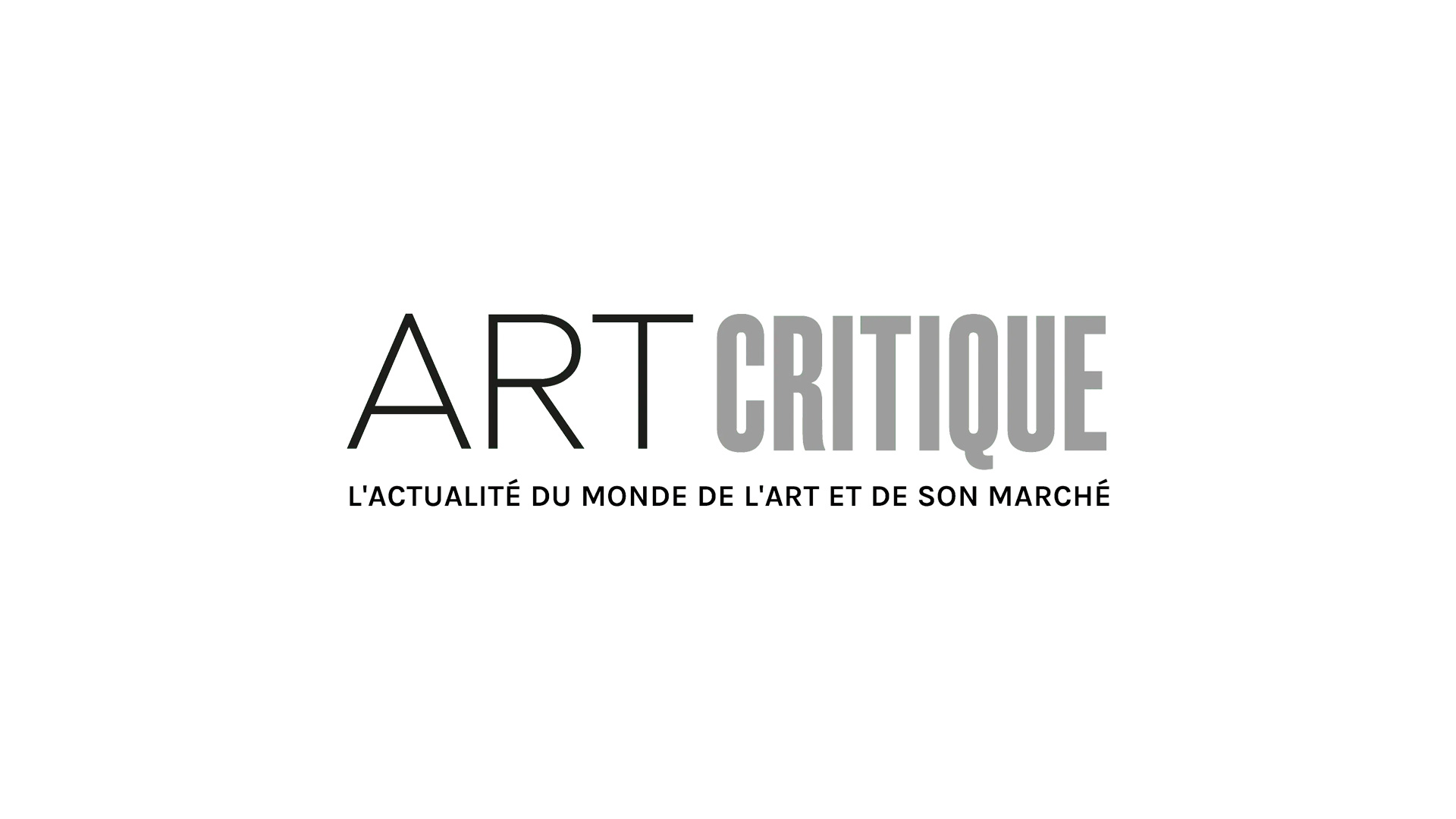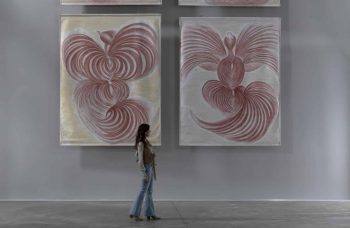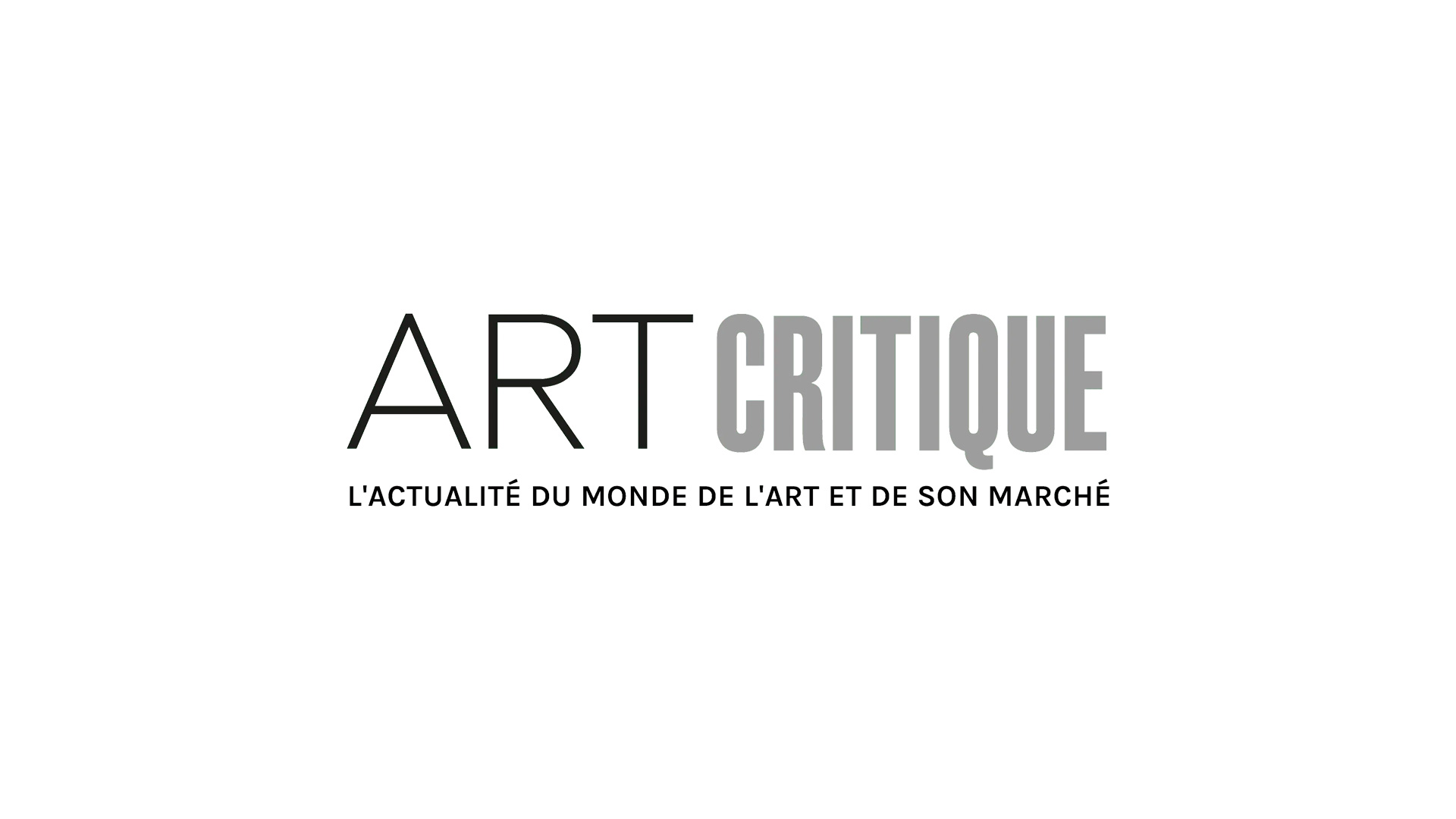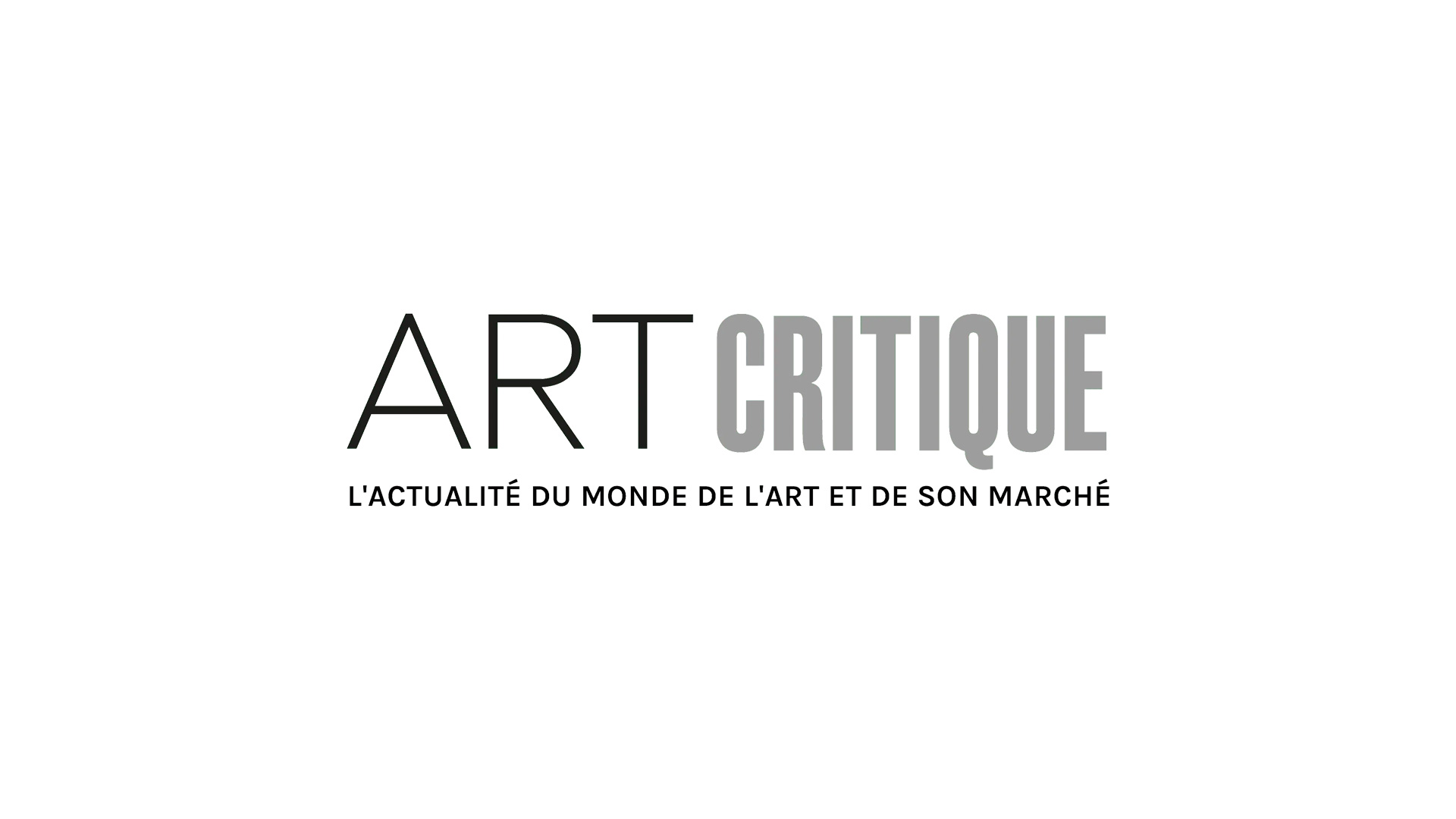From us here at Art Critique , we hope your year has gotten off to a great start, despite the challenges that we continue to face, globally. We’re jumping into the year with our first Art World Roundup of 2021 and this week, we’re covering an intimate sculpture by Juliana Notari that’s caused division in Brazil, an art critic’s analysis of images from the US Capitol, and more monoliths now appearing in the UK. Also, a small painting has been attributed to El Greco, creative works from 1925 enter public domain in the US, Leeds asks artist Yinka Shonibare to create memorial to David Oluwale, Gagosian closes shop in San Francisco, and a Dresden Heist perp evades police again.
A diva is often divisive…
The grounds of what were once a sugar mill in Pernambuco are now a rural art park and the home to a sculpture by artist Juliana Notari. Titled Diva, the sculpture is a 33-meter long interpretation of a vagina nestled into the landscape. Made of reinforced concrete and painted red, the sculpture stands out against the grassy hillside and it’s stood out in the public eye since its debut. Diva has garnered criticism, most loudly from supporters of Brazil’s far-right president according to The Guardian. Of course, there are plenty in favour of the sculpture, saying it raises questions about aspects of society and gender that are largely ignored. This seems to be the exact reason for Diva. According to a Facebook post by the artist, Diva was created to “question the relationship between nature and culture in our phallocentric and anthropocentric western society,” and encourage conversations about the “problematisation of gender.”

An art critic’s response to the storming of the US Capitol Building
Wednesday, January 6, 2021 will be a day remembered for years to come. Vincent Cunningham, contributor and art critic for the New Yorker, weighed in on the alarming events that unfolded at the US Capitol Building and the impact the photography shared from the day, documenting the unthinkable in real-time. People parading with Confederate flags glorifying the US Civil War, people breaking into locked offices, and others seemingly stealing government property were among the frightening images shared. Focusing on an image shared by Huffpost reporter Igor Bobic of a man sitting upon the dais in Senate chambers, Cunningham states: “The Senate floor became a playground for men (and a few women) like this one appeared to be: childish, stupid, dangerous, and confirmed in their fear and anger by a President who exemplifies all of these traits in their worst and most absurd extremities.” He continued, again referring to Bobic’s photo, with a darkly ironic statement: “He doesn’t know how free he is, or at whose expense, or how long the show will go on after today.” Read Cunningham’s article in its entirety here.
Monolith Mania is still a thing in 2021
The monoliths that have been popping up around the globe, causing intrigue, wild theories, and confusion have now invaded the UK. The silvery monoliths that stand around 10 feet tall can be an eerie sight reminiscent of the black monolith in Stanley Kubrick’s 2001: A Space Odyssey. They’ve now been reported on an Isle of Wight beach, at the top of a hill in the Devon national park, in Glastonbury, and in the Salisbury countryside. Initial reports assumed the obvious: the monoliths were of alien making. Although others speculate the monoliths to be the work of an artist (okay, yes, this is the more realistic explanation). One collective of artists, called The Most Famous Artist, has laid claim to the monoliths and have started selling facsimiles of the work, but it’s still undecided if they are the true makers of the monoliths.
Shimmering, mirrored monolith appears on Isle of Wight beach https://t.co/gNSSDPgfss
— BBC News (UK) (@BBCNews) December 7, 2020
Authentically El Greco
A small, privately owned painting of Jesus Christ wearing a crown of thorns and carrying his cross has been attributed to El Greco after more than two years of analysis. Previously attributed to the Renaissance painter’s workshop, research performed at the University of Lledia’s Center d’Art d’Època Moderna (CAEM) in Spain has proven it to be by the artist himself. It has been hypothesized that the painting may have been an example used in the El Greco’s workshop, leading to it having been less known. Due to its scale and level of execution, though, it is also possible that the artwork was used for private oratory. Research was performed by Carmen Garrido, the late founder and director of the Technical Documentation Cabinet at the Prado Museum, researcher Mariona Navarro, and CAEM professor of art history Ximo Company. “It has been more than two years of exciting work, studies and analysis,” Company told El País. “For us it is great news and also a tribute to Carmen, who passed away suddenly on December 8.”

Welcome to the public domain!
With the start of the new year, an onslaught of major books, images, films, and other creative works have entered the public domain in the US. Known as “Public Domain Day,” copyrighted objects from 1925 became public domain, meaning their copyright had expired. The items in this year’s batch would have exceeded their copyright period in 2001 after their 75-year copyright period, but just before that happened, Congress extended the copyright period for another 20 years. Either way, major works that have entered public domain include:
- Tina Modotti’s Telephone Wires
- Arthur Dove’s The Intellectual
- Joan Miró’s The Birth of the World
- Max Beckmann’s Blind Man’s Buff
- F. Scott Fitzgerald’s The Great Gatsby
- Virginia Woolf’s Mrs. Dalloway
- Ernest Hemingway’s In Our Time
- Harold Lloyd’s The Freshmen
- Buster Keaton’s Go West
- Various works by Duke Ellington
- Ben Bernie, Maceo Pinkard, and Kenneth Casey’s Sweet Georgia Brown

Yinka Shonibare to memorialise life of David Oluwale in Leeds
David Oluwale will be memorialised in Leeds with a sculpture by British-Nigerian artist and 2004 Turner Prize nominee Yinka Shonibare 50 years after his death at the hands of police. Oluwale came to Britain from Nigeria in the 1960s with hopes of becoming an engineer. Met with persistent police harassment, Oluwale eventually became homeless in the Leeds area and in 1969, his body was found in the River Aire after witnesses saw him being chased by police. Now, the life, infamous treatment and death of Oluwale will be recognised in a new park planned for the city’s centre. First proposed by author, academic, and founding patron of the David Oluwale Memorial Association Caryl Phillips in 2007, the sculpture has received support of Leeds city council and the Arts Council. Shonibare has stated that the memorial, to be unveiled in 2023, will be a “hopeful” reminder of Leeds’ past. “It’s a fitting legacy to an ordinary man, who will no doubt leave an extraordinary legacy,” continued Shonibare. “We have to honour him with this small event and hopefully, if people can learn about history, and the mistakes of history, they won’t repeat them.” Read more about the commission and Oluwale’s life here.
Gagosian focuses on other Cali ventures in closing San Fran space
The start of a new year meant the closing of the Gagosian’s San Francisco space just four years after it arrived on the scene. When the international mega-gallery opened in 2016, it was thought to be a sign of an increasingly hot Silicone Valley art scene. In the wake of the pandemic, though, Gagosian closed its San Fran branch “to consolidate and strengthen Gagosian’s presence in California,” the gallery said in a statement to Artnet News. The gallery spokesperson continued stating they are “concentrating [their] efforts based in Los Angeles.” In concentrating on LA, Gagosian has increased its space there by taking on the building that once housed the Marciano Museum on Wilshire Boulevard. Gagosian still holds its spot as the largest art gallery and continues to operate in 15 other cities, including London, New York, Paris, Rome, Hong Kong, and Athens.
Dresden Heist perp still on the run
Following a series of raids in Germany to locate and arrest suspects related to the Dresden Heist, a principle perpetrator has once again evaded arrest. This week, police raided another residence in the Neukölln neighbourhood of Berlin in search of a 21-year-old suspect whose twin brother was arrested in December of last year during a related sting. The suspect escaped arrest in December and is once again on the run from authorities but a cell phone and documents were recovered in the raid and taken as evidence according to the Dresden prosecutor’s office. This week’s efforts and the December sting followed a massive November raid that saw more than 1,600 police officers search 18 properties in both the Neukölln and Kreuzberg areas of the German capital. The search for the elusive suspect remains at “full speed” and authorities are still searching for information regarding the whereabouts of the perp and priceless objects stolen from the Dresden Green Vault in November 2019.






